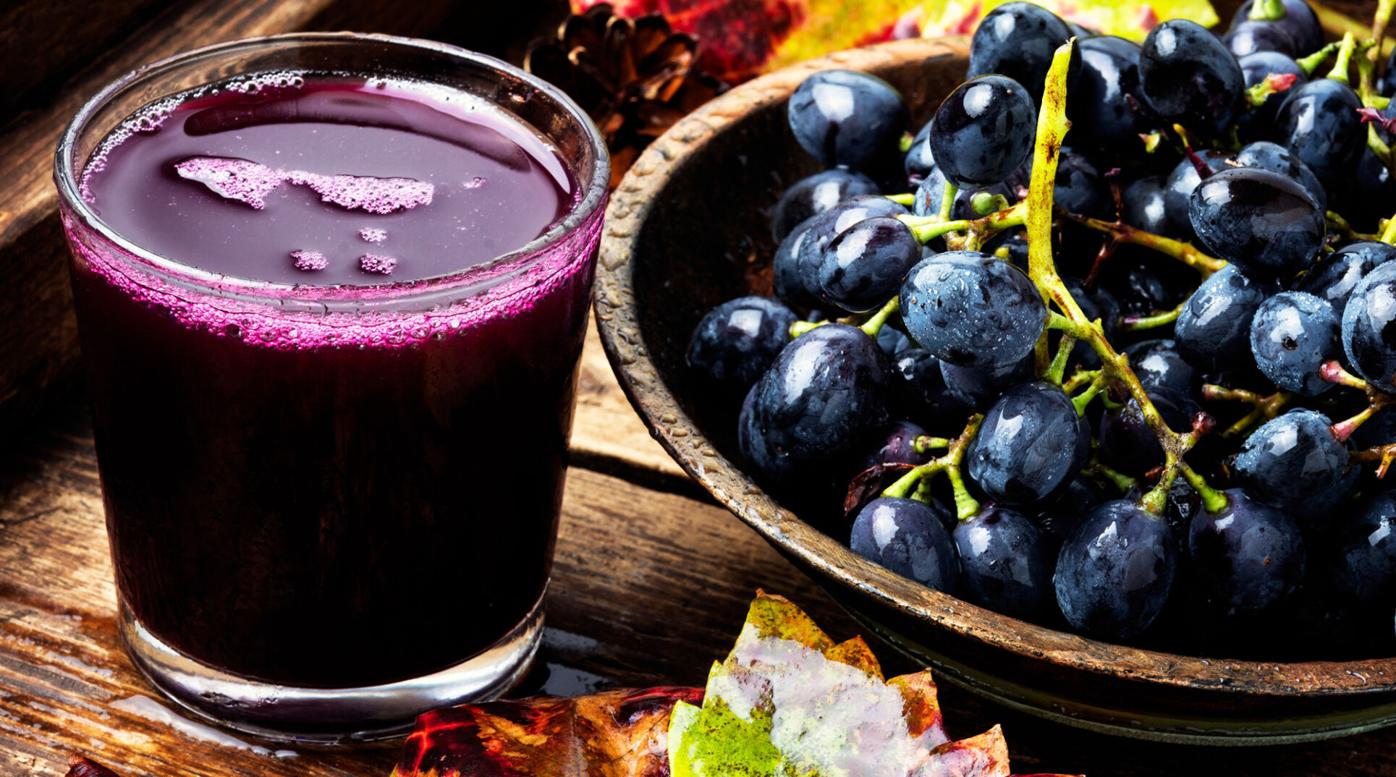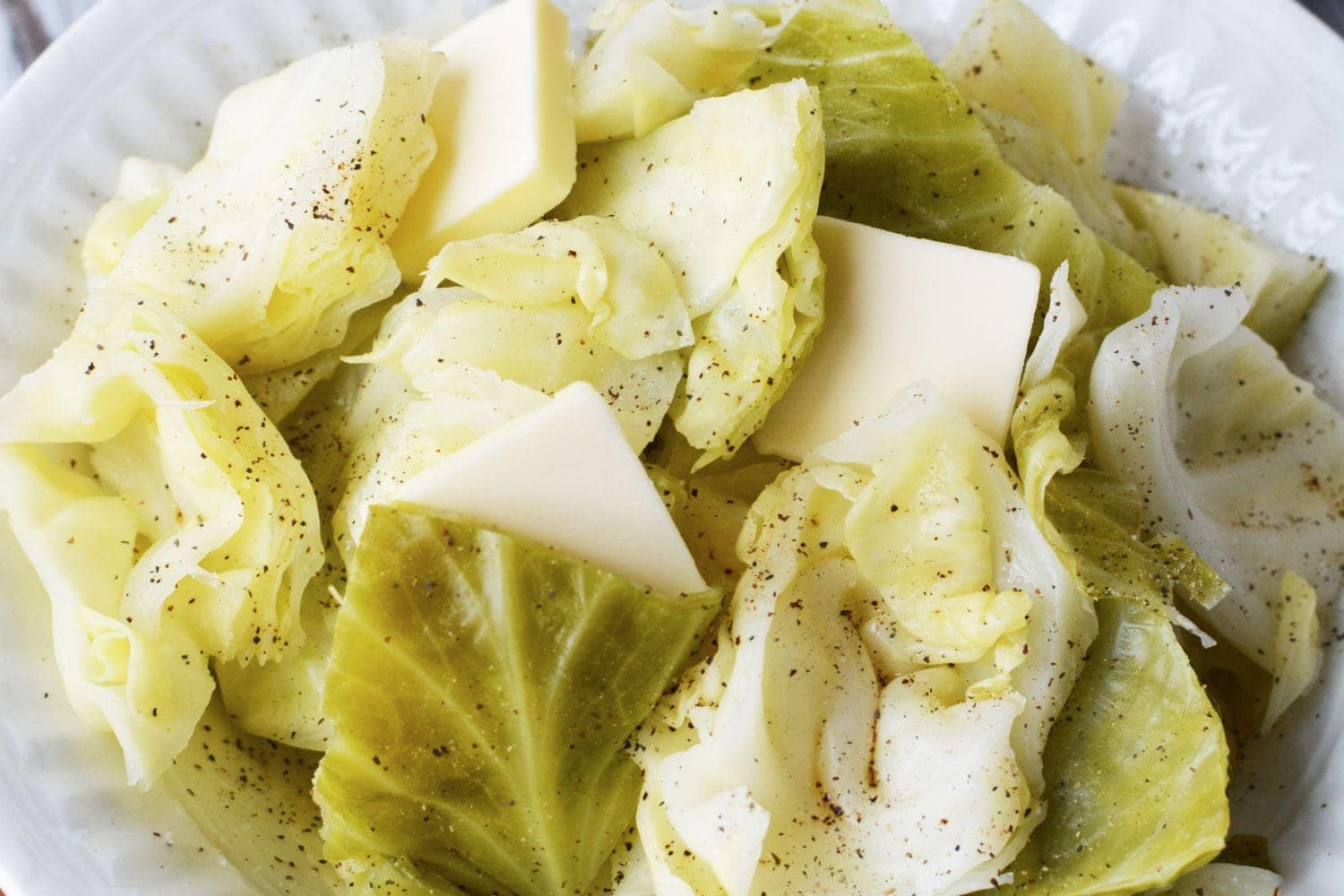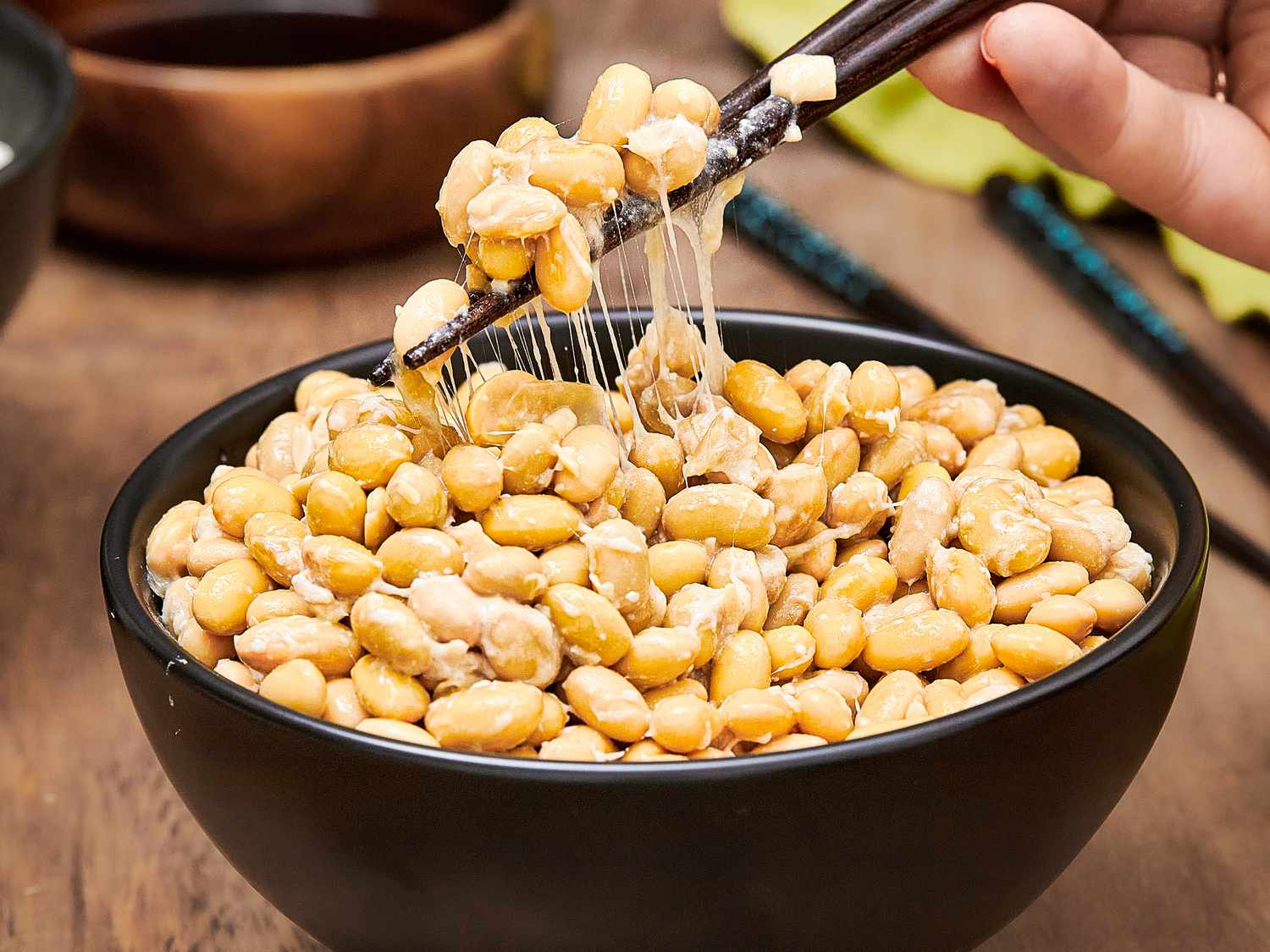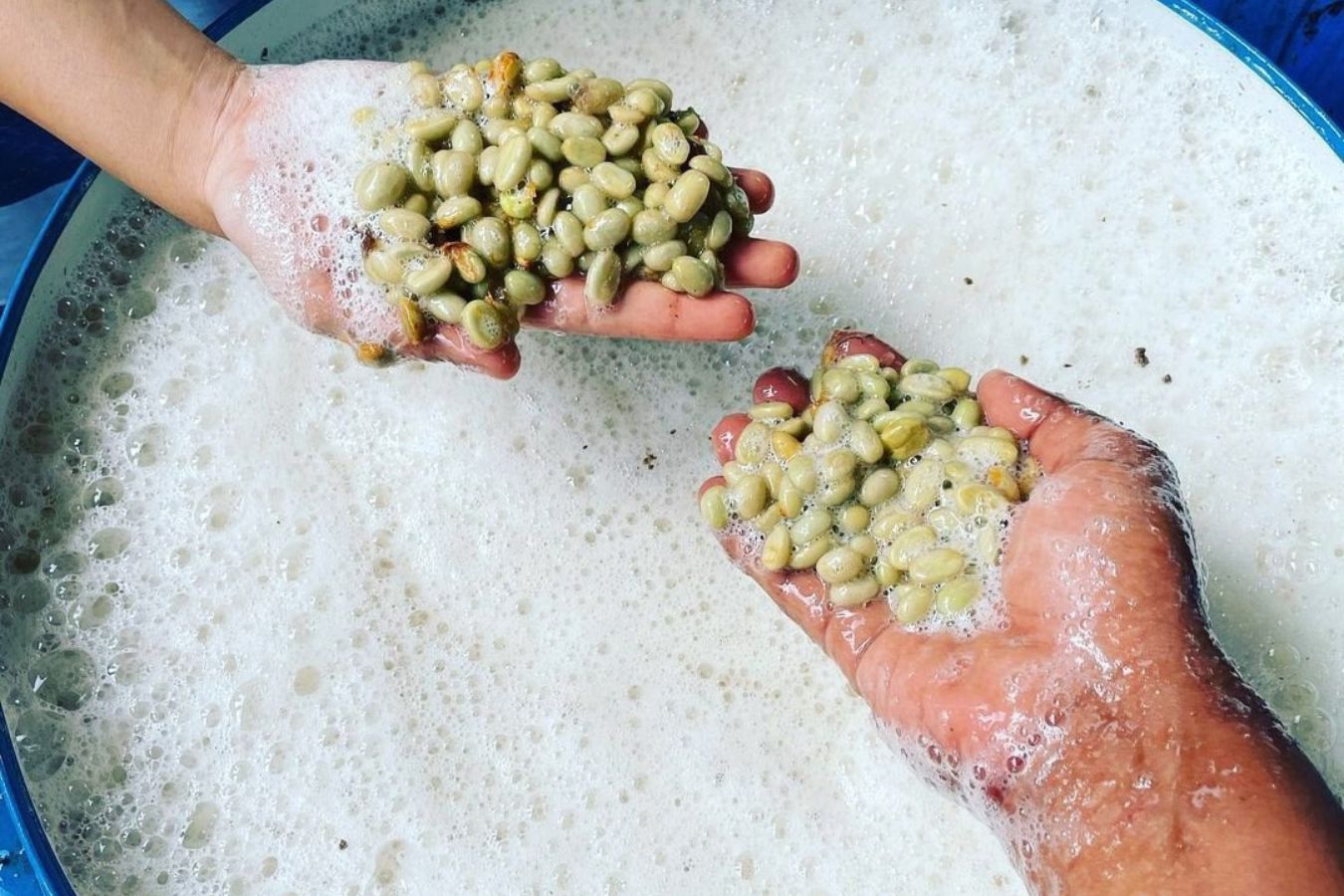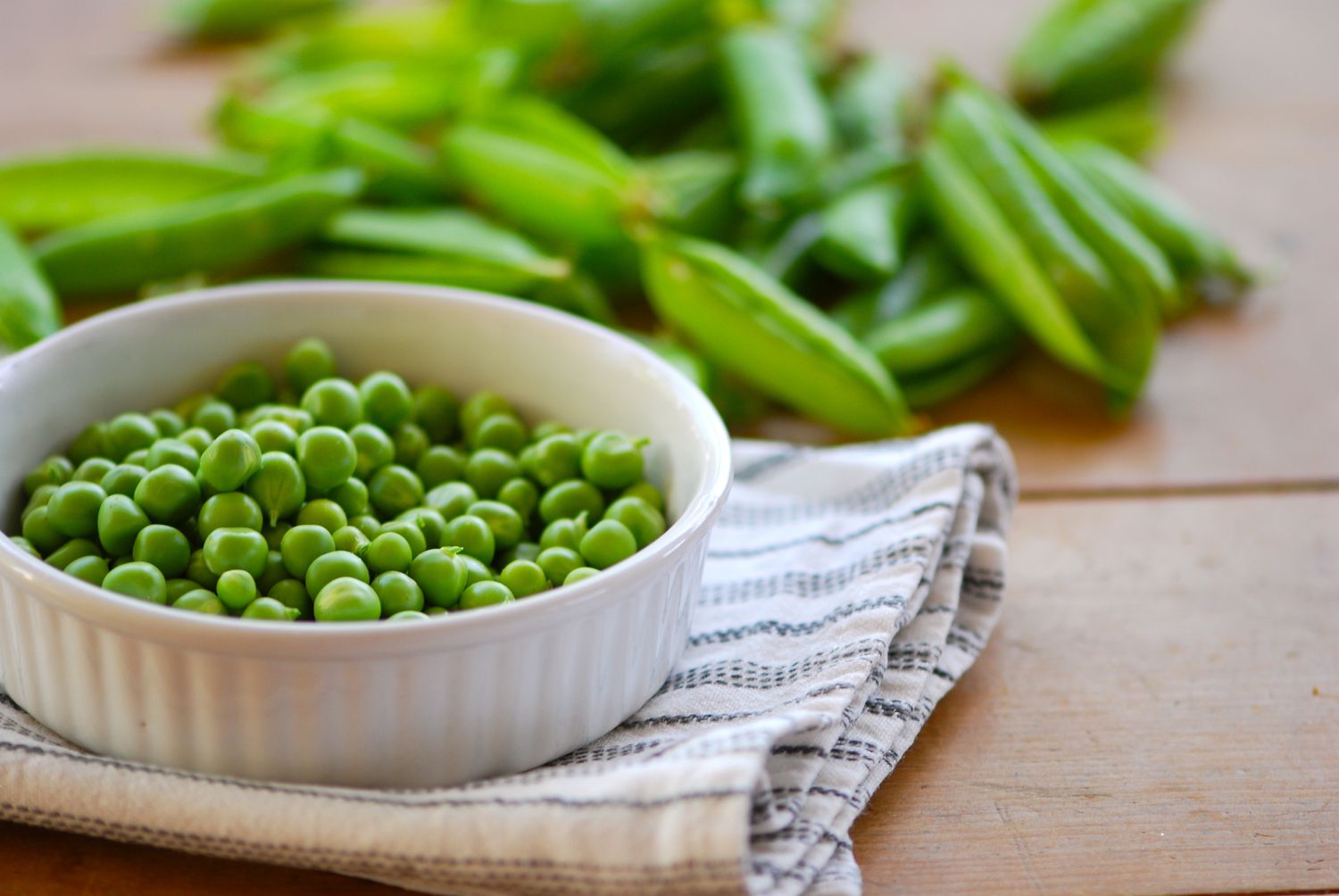How to Safely Ferment Foods Without the Risk of Botulism
Food fermentation is a time-honored method of food preservation that has been practiced for centuries. From sauerkraut to kimchi, fermented foods are not only delicious but also offer numerous health benefits. However, one potential concern with fermenting foods is the risk of botulism, a serious illness caused by the Clostridium botulinum bacteria.
Botulism is a rare but serious illness that can lead to paralysis and even death if left untreated. The good news is that with proper knowledge and precautions, it is entirely possible to ferment foods safely without the risk of botulism. Here are some essential tips to ensure that your fermented foods are safe to consume:
Use Fresh, High-Quality Ingredients
When fermenting foods, it’s crucial to start with fresh, high-quality ingredients. Using produce that is past its prime or of questionable quality can increase the risk of harmful bacteria proliferating during the fermentation process. Look for fresh, organic vegetables and fruits to ensure the best results.
Sanitize Equipment and Work Surfaces
Prior to starting the fermentation process, it’s essential to thoroughly sanitize all equipment and work surfaces. This includes fermentation vessels, jars, lids, and any utensils that will come into contact with the food. Use hot, soapy water to clean everything, and consider using a food-safe sanitizer to ensure that harmful bacteria are eliminated.
Understand the Role of Salt
Salt plays a crucial role in the fermentation process, as it helps to create an environment that is inhospitable to harmful bacteria. When fermenting foods, it’s important to use the correct amount of salt as specified in the recipe. Too little salt can allow harmful bacteria to thrive, while too much salt can inhibit the growth of beneficial bacteria.
Monitor the Fermentation Process
During the fermentation process, it’s important to monitor the foods regularly to ensure that everything is proceeding as it should. Keep an eye out for any signs of spoilage, such as mold growth or off-putting odors. If anything seems amiss, it’s best to err on the side of caution and discard the batch.
Follow Trusted Recipes and Guidelines
When fermenting foods, it’s crucial to follow trusted recipes and guidelines to ensure safety. Do not attempt to alter recipes or take shortcuts, as this can increase the risk of harmful bacteria proliferating. Stick to well-established methods and trusted sources to minimize the risk of botulism.
Consider Using a Starter Culture
Using a starter culture can help to kickstart the fermentation process with beneficial bacteria, thereby crowding out any harmful bacteria that may be present. Starter cultures are available for a wide range of fermented foods, including yogurt, kefir, and sauerkraut. Consider using a starter culture to add an extra layer of safety to your fermenting endeavors.
By following these essential tips, you can enjoy the process of fermenting foods while minimizing the risk of botulism. With proper knowledge and precautions, fermenting foods at home can be a safe and rewarding experience. So go ahead, unleash your inner fermenting enthusiast, and savor the delicious and nutritious results of your fermentation adventures!
Was this page helpful?
Read Next: How To Ferment Corn For Chickens To Eat
